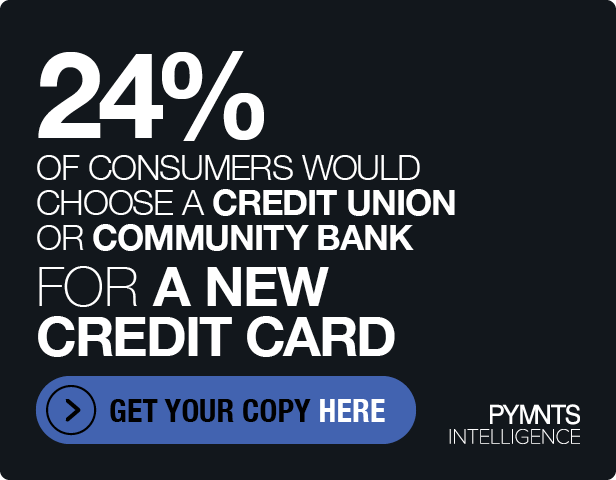Retailers Face Post-Holiday Reality of Rising Prices, Decreased Spending

When prices rise faster than incomes, consumers tend to tighten their belts and give up a few non-essential purchases, and according to the latest government data, that is exactly what’s happening right now.
This as the Commerce Department reported that personal spending snapped a six-month streak of gains in December and fell 0.6% from November, alongside a modest 0.3% month-on-month increase in personal incomes.
At the same time, the Fed-fave PCE Index (personal consumption expenditures) jumped 5.8%, a level last seen in the early 1980s, as consumers spent less on goods and more on services to end out the year on a low note.
Specifically, the data showed that the cutbacks were most pronounced in recreational goods and vehicles, as well as in other nondurable goods. such as newspapers, household supplies, games and toys, furnishings and durable household equipment.
On the service side, the Commerce Department said, healthcare was the largest contributor.
“Interestingly it was goods that fell in December while service spending rose [slightly] (adjusted for inflation),” former White House economic advisor, Harvard professor and Peterson Institute senior fellow Jason Furman said via Twitter in response to the report. “But overall the economy continues to be tilted towards goods and away from services.”
Interestingly it was goods that fell in December while service spending rose slight (adjusted for inflation). But overall the economy continues to be tilted towards goods and away from services. pic.twitter.com/4n2pTlQFv0
— Jason Furman (@jasonfurman) January 28, 2022
People are spending more on sports equipment and less on gym memberships and personal care services, Furman also noted, adding that the latest PCE report on consumption patterns was “very affected (I hope temporarily) by the virus.”
The Retail Response
To be sure, while the inflation and rising price story is not new, its impact on consumers so far has been negligible, as retailers and brands ranging from Levi’s to Procter and Gamble (P&G) have noted consumers’ willingness to accept higher prices without hurting consumption as much as in other times of comparably economic headwinds.
“We’re watching the consumer like a hawk, but right now every signal that we’re seeing is positive,” Levi’s CEO Chip Bergh told investors earlier this week, noting the retailer’s ability — so far — to pass along price increases averaging about 7% as well as plans for additional hikes this spring. “We’ve been successful getting pricing passed through over the last six months, but we’ll keep an eye on it, and if we see the signals starting to change, we’ll react quickly.”
Read more: Levi’s Says Casual Trend, Baggy Jeans, Larger Waistlines Driving Denim Demand
At the same time, grocery and general merchandise retailers such as Walmart or Ahold, as well as an array of large multinational consumer-packaged goods (CPG) companies like Pepsi and Colgate Palmolive have already been tinkering with pricing in an attempt to dampen the impact and sticker shock on consumers, including shifts to bulk packaging, bundles and subscriptions.
For its part, P&G said last week that it had already been able to raise prices in all 10 of its product categories and planned to tactfully do more.
“This is not a one-size-fits-all approach,” P&G Chief Financial Officer Andre Schulten told investors after the company’s most recent earnings results. “We believe this is a temporary bottom line rough patch to grow through and not a reason to reduce investment in the business.”
See more: New Tech to Help P&G Embrace ‘Constructive Disruption’ as Inflation Drives Prices Higher
